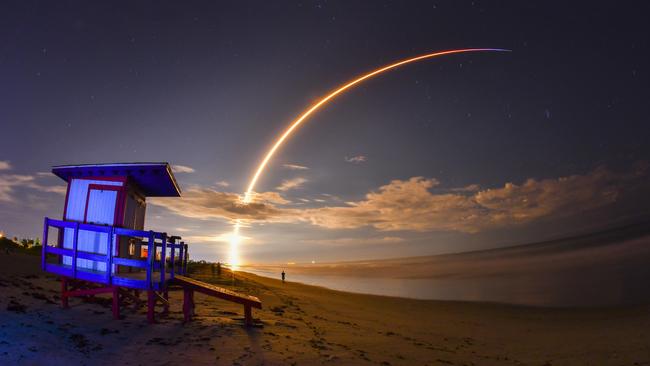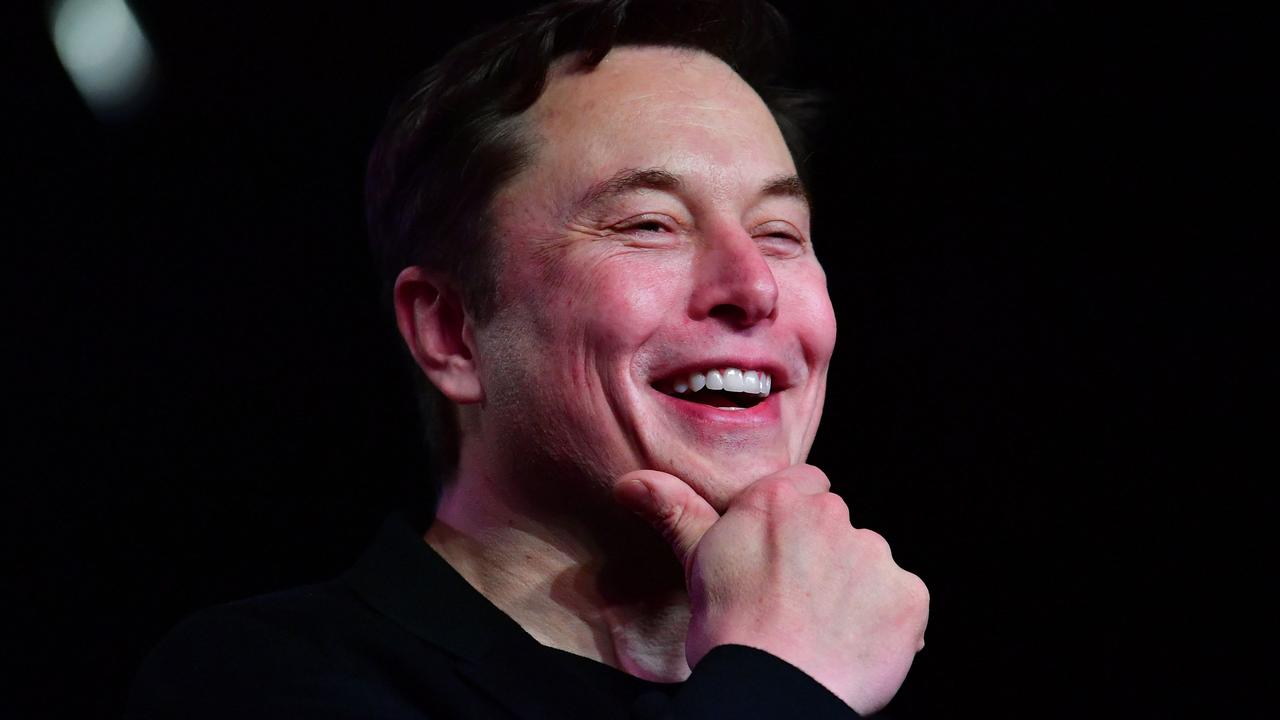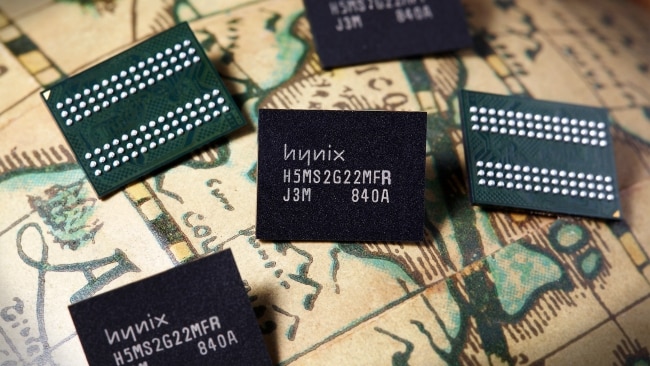Elon Musk’s SpaceX signs up first round-the-moon tourist
Elon Musk’s SpaceX says it has booked its first private round-the-moon passenger but provided no countdown to lift-off.

Elon Musk’s SpaceX, demonstrating its founder and chief executive’s bent for showmanship, announced that it had signed up the first private passenger seeking to fly around the moon. But the company provided no timetable or other details about the plan.
In a message on Twitter Thursday night, the closely held Space Exploration Technologies said the mission is slated to use its largest rocket, dubbed the BFR, which is still under development and, according to industry officials, may be at least a year or two from an initial test flight.
SpaceX has signed the world’s first private passenger to fly around the Moon aboard our BFR launch vehicle—an important step toward enabling access for everyday people who dream of traveling to space. Find out who’s flying and why on Monday, September 17. pic.twitter.com/64z4rygYhk
— SpaceX (@SpaceX) September 14, 2018
In the message, however, SpaceX described the latest plan as “an important step toward enabling access for everyday people who dream of travelling to space.” The identity of the passenger and other specifics are expected to be revealed Monday.
Thursday’s two-sentence statement — which caught a number of space experts off guard — suggests that Mr Musk hopes to demonstrate momentum and attract more public attention to plans for his mammoth rocket and its associated spacecraft, intended to be bigger than a superjumbo airliner. As described previously by Mr Musk, the BFR would be larger and more powerful than any rocket in history.
Revised proposals for both were unveiled earlier this year, at which time Mr Musk indicated he hoped to use the combination to take private passengers, and ultimately U.S. astronauts, toward the moon and deeper into space.
But the latest development also highlights Mr Musk’s contrarian, sometimes unpredictable streak, as well as the frequently shifting outlines of his manned space-transportation strategy In early 2017, Mr Musk shocked the aerospace community by announcing his intention to send two space tourists, who also weren’t identified, around the moon by the end of this year. Those trailblazing flights were supposed to use a human-rated version of the company’s existing Dragon spacecraft on top of a Falcon Heavy rocket — a 27-engine behemoth in which SpaceX has invested close to $US1 billion. At the time, veteran industry officials expressed doubts about the projected timetable.
The first Falcon Heavy launched successfully earlier this year. But just the day before, Mr Musk revealed the rocket already was in danger of being relegated to a backup role regarding future human flights.
Months later, a SpaceX spokesman confirmed the late-2018 timetable for the lunar-tourist mission had slipped to at least mid-2019 and likely longer.
Now, company leaders seem to have moved closer to scrapping those specific Falcon Heavy ambitions altogether, by aiming to use that rocket almost exclusively for unmanned missions such as launching commercial or military satellites. As a result Mr Musk appears focused on accelerating BFR development as part of his broader human-exploration agenda.
As he has before, the billionaire entrepreneur, who also runs electric-vehicle maker Tesla Inc., may end up confounding naysayers about the how quickly his team can develop and test BFR boosters.
In May, Thomas Mueller, one of Mr Musk’s original SpaceX employees and the manager who has been in charge of designing every one of the company’s rockets, told a space conference in Los Angeles he was devoting essentially all of his time to developing the BFR.
The reduced role for Falcon Heavy also comes as global demand for launches of large commercial satellites has slipped dramatically. Nearly all Wall Street analysts and industry experts expect launch contracts will remain at depressed levels for years to come.
Dow Jones




To join the conversation, please log in. Don't have an account? Register
Join the conversation, you are commenting as Logout